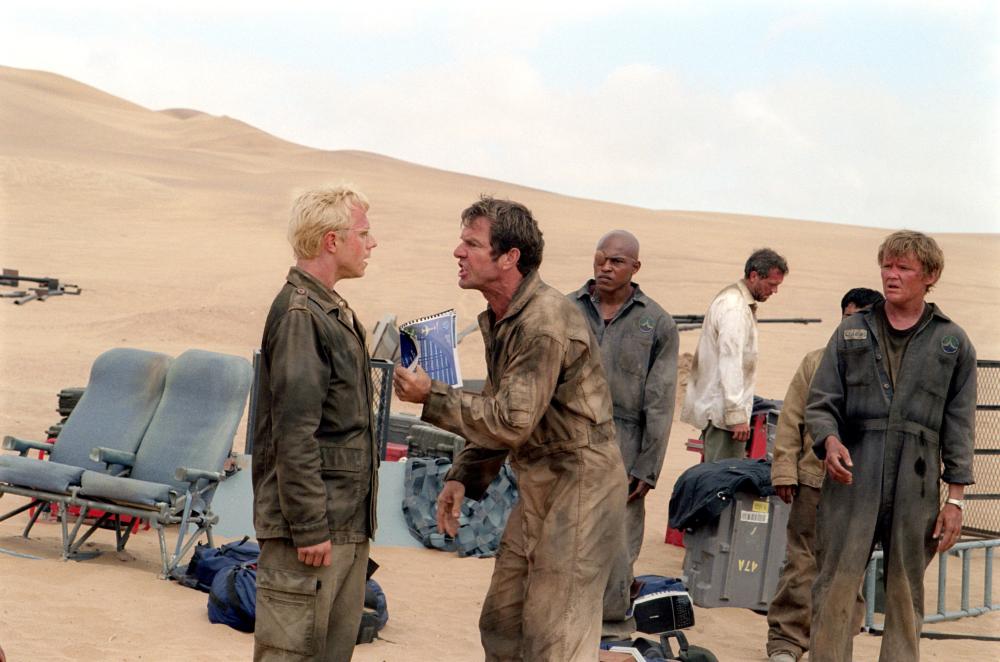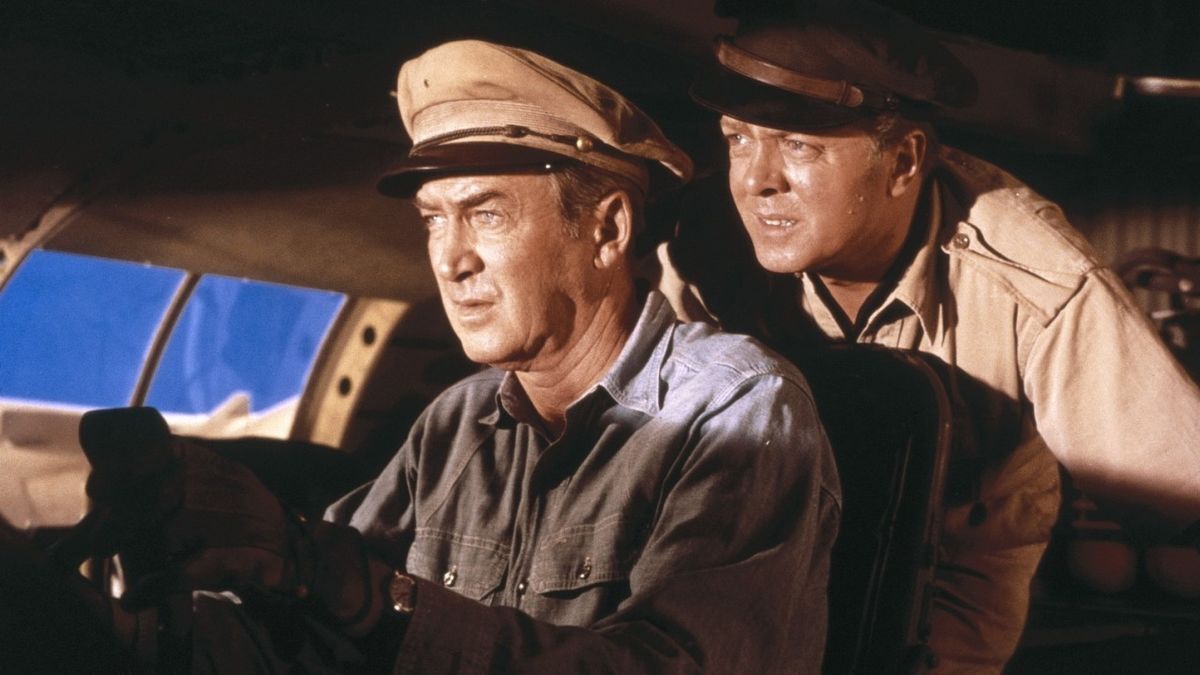Flight of the Phoenix (2004): A Gritty Tale of Survival and Ingenuity in the Mongolian Desert
Flight of the Phoenix is a tense survival thriller released in 2004, directed by John Moore and scripted by Scott Frank and Edward Burns. It is a modern retelling of the classic 1965 film, set amid the unforgiving landscape of the Gobi Desert. The film stars Dennis Quaid as Frank Towns, a military transport pilot, and Giovanni Ribisi as the eccentric aircraft designer Elliott. The ensemble cast also includes Tyrese Gibson, Miranda Otto, Hugh Laurie, and several others who portray stranded passengers fighting against nature and despair. Together, they remake the story of human perseverance and resourcefulness in dire circumstances.
The plot begins when Towns is forced to navigate through violent sandstorms and turbulence while piloting a private cargo plane across Mongolia. The journey ends abruptly when the aircraft crashes far off course in a remote, desolate region. The survivors—ranging from oil-rig workers to military contractors—find themselves stranded with limited supplies, no reliable means of communication, and an unforgiving, arid environment that grows more hostile by the hour. As thirst, heat, and low morale weigh heavily on the group, conflict arises around leadership, priorities, and the best path to survival.

As the situation becomes desperate, Bones—a military mechanic—discovers that Elliott, another survivor among them, possesses an unconventional vision: to rebuild the crashed plane using its own wreckage. Striking sparks of hope, Elliott’s design ignites both skepticism and determination. He sketches battle plans and prototypes on the sand, framing his dream as a shot at survival—no longer waiting for rescue but actively engineering escape. A fragile team emerges around this bold plan: gather materials, donate strength for labor, and redefine hope in the face of despair.
Dennis Quaid gives a commanding performance as Towns, a figure caught between maintaining authority and embracing hope. His pragmatism clashes with Elliott’s idealism, creating an emotional tension that mirrors the physical danger surrounding them. Quai’s portrayal balances disciplined resolve with cracks of fear and uncertainty. Giovanni Ribisi’s Elliott is an unforgettable presence—dreamy, obsessive, and tinged with genius. He drives the group through creative breakthroughs even when their chances seem grim.

Visually, the film is striking—the Gobi’s sprawling sand dunes and barren rocky expanses create both beauty and menace. The cinematography captures the vastness of the landscape and the claustrophobia the characters feel. Sweeping shots highlight the plane wreckage under relentless sun and wind, emphasizing both isolation and the fragility of hope. The score complements the mood, shifting between quiet dread and pulse-pounding tension as storms gather and hope falters.
Tightly paced and packed with tension, the film balances descriptive character moments with physical urgency. Scenes of survival—filtering water, rationing food, arguing over decisions—ring true in their realism. When the survivors begin dismantling and assembling parts of the plane, the editing gains urgency, the dialogue snaps, and every bolt tightened feels like a vote for life itself. It’s a mechanical thriller bolstered by human drama and emotional stakes.
Critics offered mixed reviews. Praise centered on the film’s suspenseful atmosphere, location filming, strong visuals, and performances, especially Quaid and Ribisi. Critics pointed out fidelity to the original story, capturing the ethos of ingenuity and survival. Detractors noted that the remake lacked emotional depth compared to the 1965 version and sometimes leaned on conventional disaster tropes. Still, the visceral tension and desert setting earned appreciation.
Despite underwhelming box-office results, Flight of the Phoenix made its mark as a solid survival drama. It reminded viewers that when plunged into desolation, human innovation, teamwork, and the will to live can turn wreckage into wings—and despair into hope.


